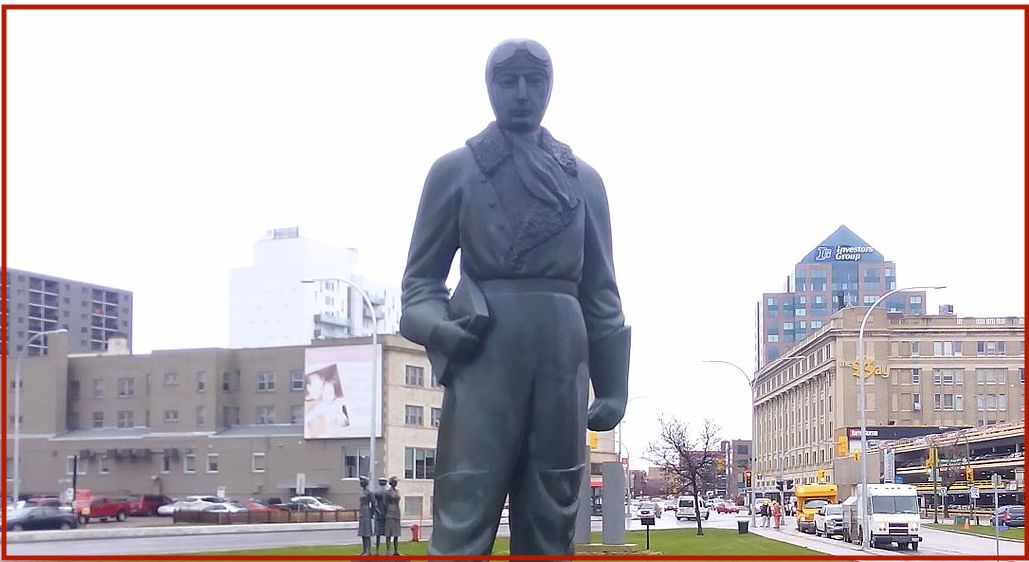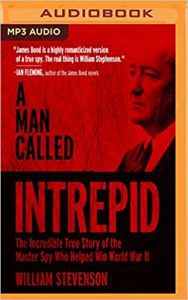
How Genuine was William Stephenson (Cable Address Intrepid)?
Q: A man called Intrepid?
I just read William Stevenson’s A Man Called Intrepid. One of the centerpieces recounts the “secret war,” including espionage and covert action, was Ultra/Enigma and Bletchley Park’s activities.
 Above all, the book states, Churchill meant to keep the Ultra secret. It claims Churchill knew the Nazis’ plan to carpet-bomb Coventry in November 1940—and did nothing. He says Churchill feared giving away the fact the the British were reading German codes. Have you read this account? I think you found that claim to be false. Was Stephenson the British super-spy his biographer insists he was? —J.M. , New Hampshire
Above all, the book states, Churchill meant to keep the Ultra secret. It claims Churchill knew the Nazis’ plan to carpet-bomb Coventry in November 1940—and did nothing. He says Churchill feared giving away the fact the the British were reading German codes. Have you read this account? I think you found that claim to be false. Was Stephenson the British super-spy his biographer insists he was? —J.M. , New Hampshire
A: Fantasy built around a hero
A historian friend says “dealing with the Stephenson myths is like Tonypandy and the Bengal Famine. Whatever the scholars prove, the myth bounces back.”
That book has been dismissed by many historians. The author took advantage of the declining Stephenson’s failing health and memory to invent or create numerous red herrings. For example, “Intrepid” was the cable address of Stephenson’s New York office. (Admittedly, it was not much of a stretch for the ignorant to assume it was his code-name.)
Two critical errors in the book were the bombing of Coventry and the caption on a famous photo. Firstly, the book says Stephenson told Churchill to let Coventry be bombed lest the Germans realize their codes were compromised. Actually, Churchill was told the raid would be on London. Consequently, he waited in vain for it there. Secondly, a photo of Churchill in the bombed House of Commons in May 1941 identifies the figure with him as Stephenson. In fact it was Brendan Bracken.
Stephenson deserves better
Coming up: Robbins on Stephenson
Ron Cynewulf Robbins of Victoria, B.C., was director of Regina University School of Journalism and Communications. Previously, he directed CBC’s National Television News. Ron wrote eloquently of the war and its heroes. We will reprise his account of Sir William Stephenson in the Hillsdale Churchill Project’s “Great Contemporaries” series. His piece on Brendan Bracken can be read there.







